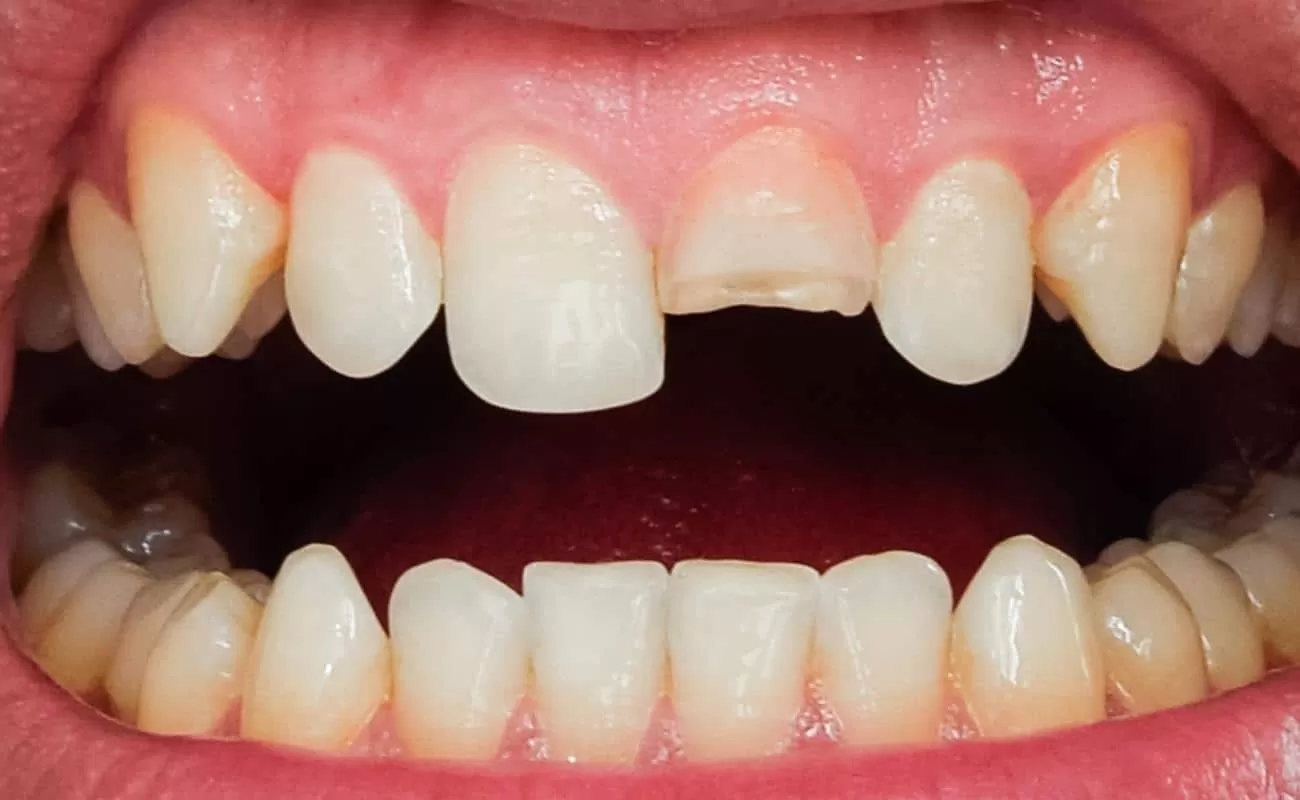When faced with a dental emergency such as a broken or knocked-out tooth, it is key to act promptly and follow structured steps to increase the chance of saving the tooth. Whether due to an accident, a sports injury, or biting into something hard, immediate action and contacting an emergency dentist can make a significant difference. Let’s explore how to handle a dental emergency effectively.
Steps To Address a Broken or Knocked-Out Tooth
The first step is to locate the tooth if it has been knocked out. Handle it carefully by holding the crown, which is the part of the tooth visible above the gumline. It is fundamental to avoid touching the root area, as doing so may harm the delicate tissues needed for reattachment. Removing debris without scrubbing the tooth is key. Use water or a saline solution to gently rinse the tooth, making sure that no attached tissue is removed.
If the tooth is intact and you are comfortable doing so, attempt to reinsert it into its socket. Proper positioning is helpful, and biting down on a clean piece of gauze or cloth can assist in holding the tooth in place. Keeping the tooth moist is key for cases where reinsertion is not feasible. Use alternatives such as milk or saliva to store it temporarily. Water should not be used for storage as it can damage the tooth. You should also prevent the tooth from drying out, as this also reduces the likelihood of successful reattachment.
The next step is to seek help from an emergency dentist. Quick action is key in this regard, as dental professionals can administer necessary treatment within a narrow window of time. Ideally, you should contact a dentist within 30 minutes of the incident. Emergency dental care is key to managing pain, examining the extent of the damage, and taking measures to preserve the affected tooth or area.
First Aid Tips for Managing a Dental Emergency
Calmness is key when dealing with any medical emergency, including dental injuries. Remaining calm not only helps those providing assistance take the right steps but also minimizes stress levels for the injured person. Once calm is established, monitoring the injury for bleeding or swelling is key. Apply a clean cloth or sterile gauze to the area as a preliminary step to control bleeding. A cold compress placed on the cheek can reduce swelling. Make sure to avoid using ice or extreme cold directly on the gums.
Before visiting the dentist, it is helpful to pay attention to other signs, such as pain levels or sensitivity in adjacent teeth. While pain relief medications may temporarily alleviate discomfort, patients should not delay seeking professional care. Direct communication with a dentist is fundamental for precise guidance and to avoid exacerbating the injury.
Why You Need To Act Quickly
The faster actions are taken, the better the likelihood of positive outcomes for incidents involving broken or knocked-out teeth. For instance, reinserted teeth have an increased chance of long-term viability when cared for within a short timeframe. The condition of the tooth and the tissues surrounding it is a significant factor. If left untreated, such injuries might lead to complications, including infection or the need for more complex procedures to restore oral health. This highlights the need to follow proper steps and promptly contacting a qualified dental professional.
Find an Emergency Dentist Near You
When dental emergencies occur, having access to an emergency dentist can make all the difference. Acting swiftly to connect with a professional aids timely treatment and increases the odds of saving a damaged or knocked-out tooth. Locate a trusted emergency dentist who can provide the care you need during dental emergencies.

